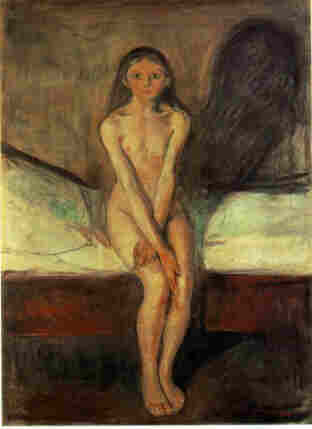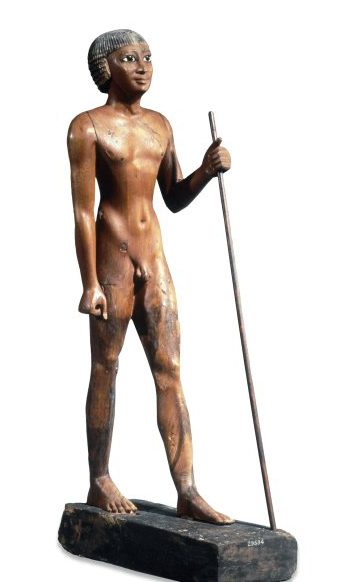SESSION 5
Gnosticism and Body Shame

The Hebrew Bible portrays a love of the physical creation and delight
in material bodylife. Its understanding of shalom,
commonly translated as "peace," focused on material
prosperity, health, and physical well-being--flourishing crops, fertile
mothers, adoring children, caring husbands, all right with the
world. Under the influence of Graeco-Roman philosophical
movements, including Neo-Platonism and Gnosticism, Christianity
developed a disdain for the material world and human physicality that
disparaged the human body and largely condemned sexuality and bodylife.
North American cultural developments confuse the picture by promoting
impossible ideals of beauty, fitness, and health. In the light of
the readings, what beliefs and practices would you recommend to parents
to help their children grow up with the most healthy and positive
attitudes toward their bodies and toward their sexuality?
Read:
- (Optional) Robin J. Lewis & Louis H. Janda, The
relationship between adult sexual adjustment and childhood
experiences regarding exposure to nudity, sleeping in the parental
bed, and parental attitudes toward sexuality. Archives of
Sexual Behavior. 17:4, 1988. 349-362.
- Margaret R. Miles, "Preface,"
"Introduction,"
and "Nakedness,
Gender, and Religious Meaning," Carnal Knowing.
pp. xi-xv, 1-18, 169-185.
- James B. Nelson, Word
becomes flesh, Ch. 2 in Between Two Gardens, pp. 16-38.
- James B. Nelson, Doing
body theology, Ch. 3 in Body Theology, pp. 41-54.
 (Optional) Lois Shawver, "
Nakedness
and the Etiquette of Disregard," And the Flag Was Still
There: Straight People, Gay People and Sexuality in the U.S.
Military. Ch. 3 (Harrington Park Press, 1995) 27-45. (Optional) Lois Shawver, "
Nakedness
and the Etiquette of Disregard," And the Flag Was Still
There: Straight People, Gay People and Sexuality in the U.S.
Military. Ch. 3 (Harrington Park Press, 1995) 27-45.- Marilyn D. Story, Factors
associated with more positive body self-concepts in preschool
children. Journal of Social Psychology 108.1. June
1979. 49-56.
- Marilyn D. Story, Comparisons
of body self-concept between social nudists and nonnudists. Journal
of Psychology. 118:1. September 1984. 99-112.
- The Curiosity Book
(18 MB file! Don't download unless you have a broadband
internet connection.)
- Bay Area Naturists Web Site - A local group that supports body acceptance through nude recreation
Post your comments for discussion to "V. Gnosticism and Body
Shame" in the Discussion Board.
|

 (Optional) Lois Shawver, "
(Optional) Lois Shawver, "